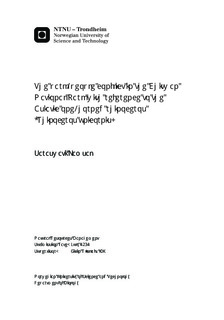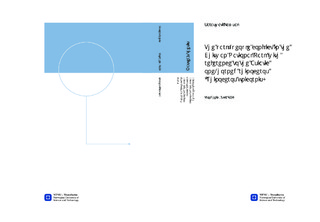| dc.description.abstract | The lack of access to forest resources for the rural community residing in the buffer zones of national parks has created conflict between the national parks, the people residing in these areas and wildlife. People residing in the buffer zone of national parks incur losses due to the wildlife, which can impact both crops and human lives. This study focused on the attitudes, acceptance and knowledge level of people living near the park to explore the conflict between them and one of the endangered animals, the Rhinoceros unicornis . A questionnaire survey was randomly administered to 200 households in 16 Buffer Zone Village Development Committees and two municipalities of the Chitwan National Park. The survey represented two categories of households, those that were >2 Km and those that were <2 Km from the park boundaries. Socio-economic status variables such as tribe, education, occupation, household annual income, landownership and dependencies on the National Park forest and Buffer zone forest were used to interpret the results. The analysis of results showed a prevalence of negative attitudes that stemmed from (1) the distance: people living closer to the national park boundary reported rhino damaged the most crops near the national park; (2) a lack of compensation for crop losses; (3) indigenous people (e.g., Tharus) living closer to the National Park who traditionally have higher dependencies on the forest resources and (4) households with low income relying heavily on the forest resources of the National Park. However, the increase in the rhino population in the latest census showed an increased level of awareness among the park people living near the park. These findings were corroborated in this study because people emphasised the conservation of the rhino, which showed a positive attitude towards rhino. Ultimately, the impact of the rhino on human settlements and livelihoods and vice versa is an on-going conflict that needs to be resolved to preserve the existence of the rhino in Nepal s protected areas. The role of the government, the National Park authority, and different International and National government organisations are necessary to enhance the livelihoods of people surrounding the national park and to govern wildlife conservation. | nb_NO |

